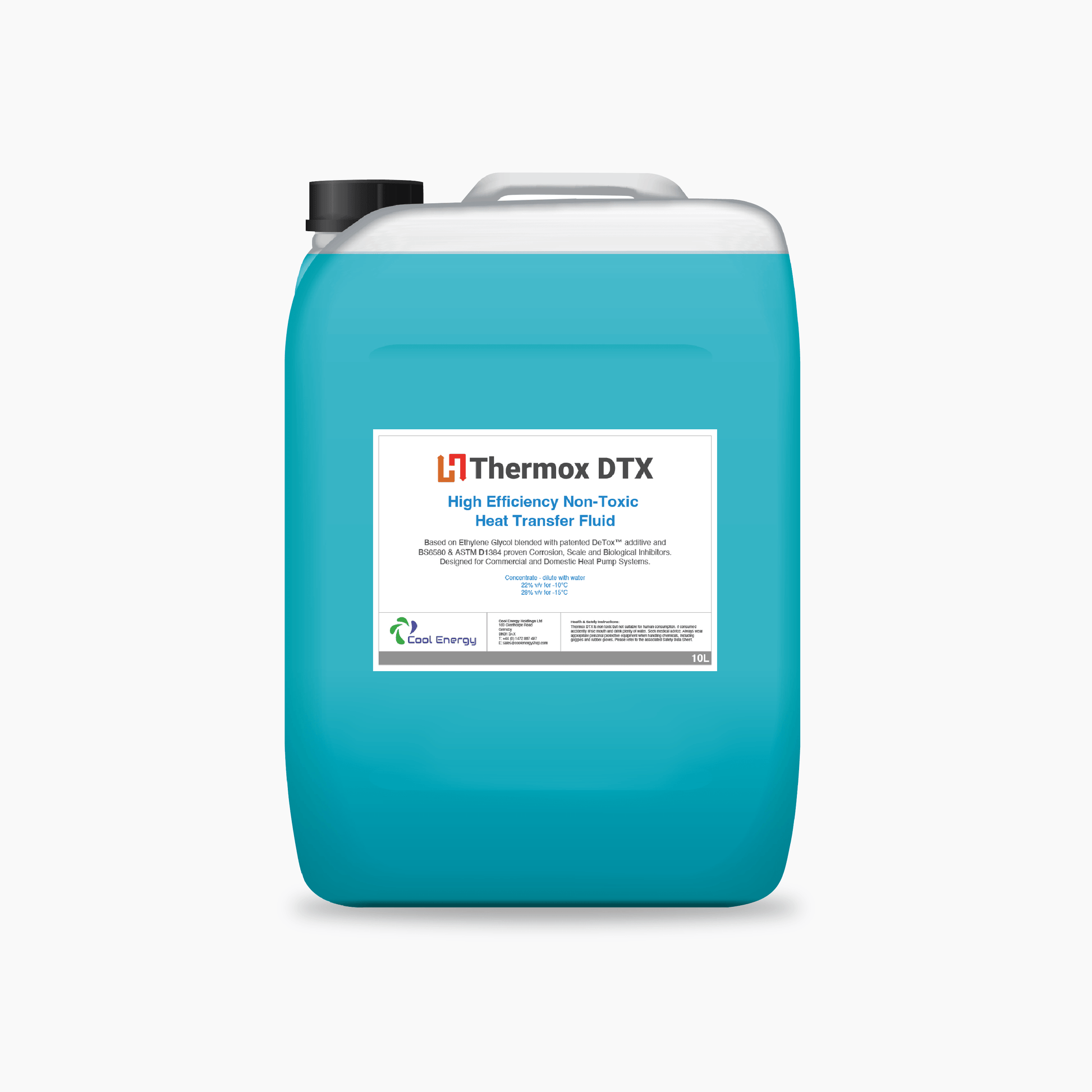Just How Heat Transfer Fluid Impacts the Effectiveness of A/c Systems
Just How Heat Transfer Fluid Impacts the Effectiveness of A/c Systems
Blog Article
Why Warmth Transfer Fluid Is Very Important for Optimizing Energy Transfer in Equipment
The duty of heat transfer liquids in enhancing energy transfer is essential for attaining efficient thermal monitoring throughout different industrial sectors. These fluids help with seamless warmth exchange, making sure procedures run within optimum temperature level arrays and alleviating the danger of overheating. Their option, based on elements like viscosity and thermal security, straight affects the performance and sustainability of a system. However, the complexities of choosing the right fluid are usually taken too lightly. What are the important factors to consider for this choice, and how do they influence both financial efficiency and ecological obligation in commercial applications?

Duty in Thermal Administration
Warm transfer liquids play a vital duty in thermal management by efficiently regulating temperature levels in various industrial processes and systems. These specialized fluids assist in the transfer of warm between various components, making sure optimal operating problems and avoiding overheating. By keeping specific temperature level control, warmth transfer fluids make it possible for sectors such as chemical manufacturing, oil and gas, and power generation to run securely and effectively.
The choice of a proper heat transfer liquid depends on numerous aspects, consisting of thermal security, warmth capability, and viscosity. High thermal security guarantees that the liquid can hold up against severe temperature levels without deteriorating, while a high heat capacity permits it to take in and release substantial quantities of heat - heat transfer fluid. Low viscosity lowers the energy needed for pumping, contributing to general system effectiveness
Moreover, warm transfer fluids are indispensable in applications like refrigeration, where they help take in and dissipate warm during the cooling cycle. In solar thermal power systems, these liquids capture and transport solar warm to produce electrical energy or give warm water. Their adaptability to varied operating problems and capability to preserve consistent thermal efficiency highlight their importance in industrial thermal management, promoting functional connection and enhancing precaution.

Enhancing System Effectiveness
To take full advantage of the benefits of thermal administration, boosting system performance via the calculated use warmth transfer fluids is vital. These liquids play a vital function in maximizing power transfer by assisting in constant thermal regulation, which in turn influences the general performance and durability of systems. Effective heat transfer results in reduced power losses, lowered functional prices, and boosted reliability of tools. By maintaining optimum temperature level levels, heat transfer liquids assist ensure that systems operate within their created specifications, thus preventing overheating and reducing the risk of element failure.

Kinds Of Warmth Transfer Fluids
The variety of heat transfer fluids emphasizes their essential function in a variety of industrial applications, each customized to satisfy details thermal monitoring requirements. These liquids promote efficient energy transfer and are selected based on key homes such as thermal security, viscosity, and heat ability. The key types consist of water, glycol options, oils, and synthetics, each offering distinctive advantages.
Water is the most typical warm transfer medium because of its high specific warm capability and low expense. Nonetheless, its use is limited by its freezing and boiling factors. Glycol mixtures, frequently utilized in a/c systems, offer a reduced cold factor, including versatility in numerous climates. Mineral oils are preferred for their thermal stability and non-corrosive nature, making them appropriate for high-temperature applications.

These fluids make sure superior performance in systems where conventional fluids might fail. The choice of a warmth transfer liquid is crucial, as it influences system efficiency, safety and security, and long life.
Environmental and Economic Benefits
Using the ideal warmth transfer liquids uses considerable ecological and financial benefits for commercial procedures. By selecting fluids with superior thermal security and high warm ability, industries can boost energy effectiveness, causing minimized fuel usage and reduced greenhouse gas emissions. This adds to a smaller sized carbon impact and aligns with international sustainability objectives. Eco-friendly warmth transfer liquids, typically naturally degradable and non-toxic, decrease the threat of dirt and water contamination in the occasion he said of leakages or spills, thereby safeguarding environments and adhering to stringent environmental laws.
Financially, the appropriate heat transfer liquid can dramatically reduce operational expenses. Effective heat transfer minimizes power expenditure, causing lower utility expenses and enhanced success. Liquids with extended lifecycle efficiency decrease the regularity of substitutes and upkeep, decreasing downtime and connected expenses. Purchasing top notch liquids can also minimize the risk of devices rust and failing, staying clear of costly repair services and extending the lifespan of crucial facilities. In open markets, these cost savings and performances give an unique benefit, allowing companies to allot sources much more efficiently and buy further advancement. On the whole, the strategic use ideal warm transfer fluids supports lasting economic development and environmental stewardship.
Picking the Right Fluid
Exactly how does one browse the complex process of picking the best heat transfer liquid for commercial applications? Picking the appropriate liquid is important, as it straight influences system efficiency, safety, and functional expenses. Trick factors to consider consist of thermal security, compatibility with system products, and running temperature variety. Thermal stability guarantees the liquid can endure high temperature levels without deteriorating, while compatibility stops deterioration or various other harmful responses with system components. The operating temperature level array need to align with the system's needs to maintain efficiency and durability - heat transfer fluid.
Furthermore, the fluid's warm ability and viscosity are vital. A high heat capacity permits the liquid to take in and move even more energy, boosting performance.
Verdict
The critical choice and application of heat transfer liquids are essential her latest blog to enhancing energy transfer across various systems. By making sure high thermal stability and capability, these liquids offer precise temperature level control and enhance total system effectiveness.
Report this page